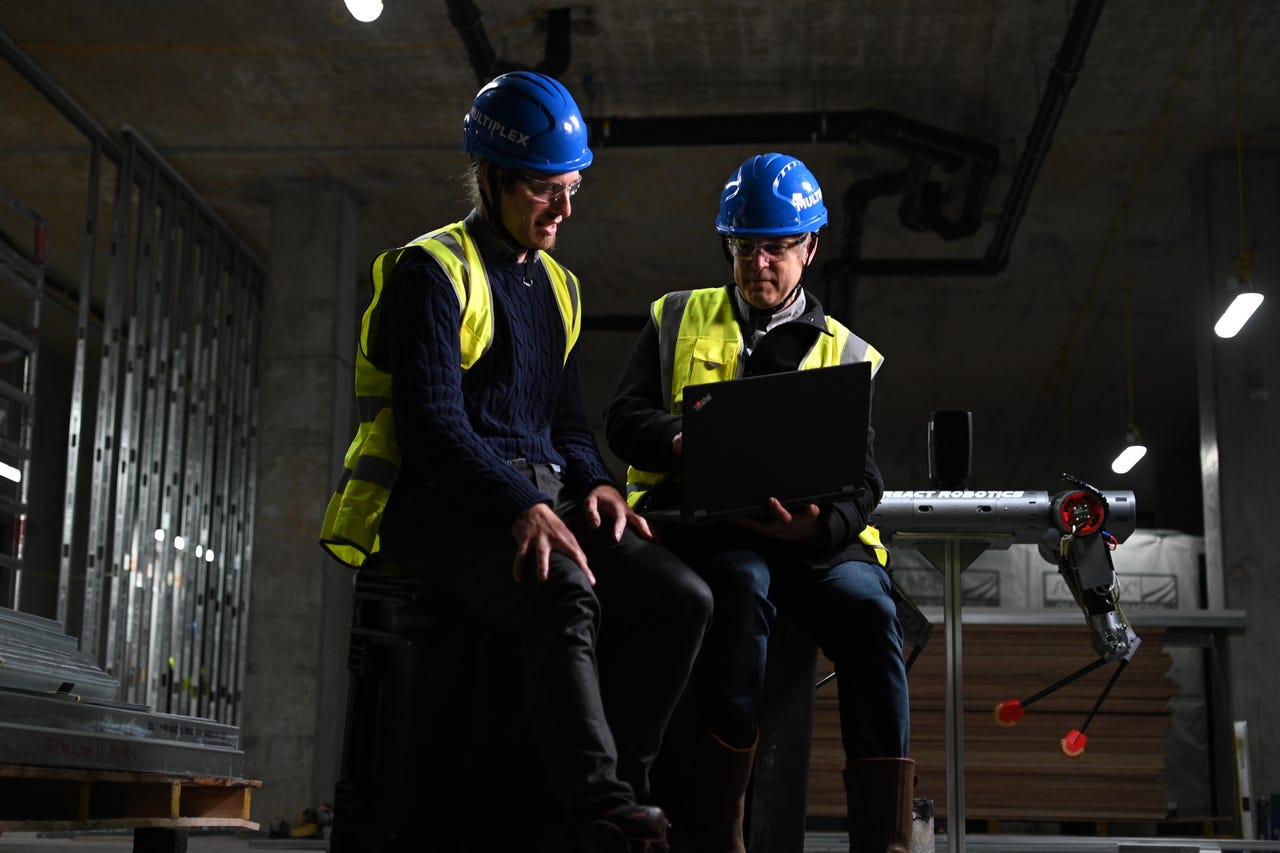New dog in town? A K9 robot for construction and more


Robots are being considered in a number of fields where hazardous environments put human workers in danger. Aided by a partnership with Lenovo, UK-based React Robotics adds a four-legged robotic helper called DogBot to the lineup of robots designed to go where humans would rather not.
Designed specifically for the construction sector, though with potential applications in other industries, DogBot is a mobile sensor platform that can autonomously navigate spaces utilizing machine learning algorithms for locomotion, perception, and proprioception.
"What we wanted to do was find a way of bringing intelligence into the real world, so [we're] aiming to build a robotics body for the artificial intelligence revolution that we've all seen coming," said Dr. Charles Galambos, CTO and co-founder at React Robotics. "DogBot is about opening the way to robots that really understand the world and interact with it."
On the job site, the robot can take the place of human workers doing tedious and often dangerous jobs like 3D scanning for build progress verification or cleaning up job sites. Designed with Autodesk Fusion 360 and predominantly 3D printed, a general trend in robotics, it has four legs with three degrees of freedom each, making it nimble and reminiscent of other autonomous quadrupeds.
React Robotics is targeting the construction industry first for good reason. As I've written, a labor shortage in the industry coupled with occupational safety issues and far-reaching inefficiencies and overages in job completion times make the sector a perfect target for automation. Companies like Sarcos and Built Robotics are rapidly bringing automation solutions aimed at pressing needs in construction online.
The collaboration between React and Lenovo gives the former ready access to Lenovo hardware for development, including an AI workstation configuration for the ThinkStation P920 and the ThinkPad P1 mobile workstation. The P920 boasts a powerful NVIDIA Quadro RTX GPUs with AI Tensor cores, making it a suitable data compilation system for a roving sensor platform that requires demanding machine and deep learning workflows.
"It's really important that we work with partners like Lenovo – they share our vision for taking technology out into the world," said Gregory Epps, CEO of React Robotics.
Supporters of open-source development, React has uploaded a full CAD model of the robot in Autodesk Fusion 360 format under an open-source license.